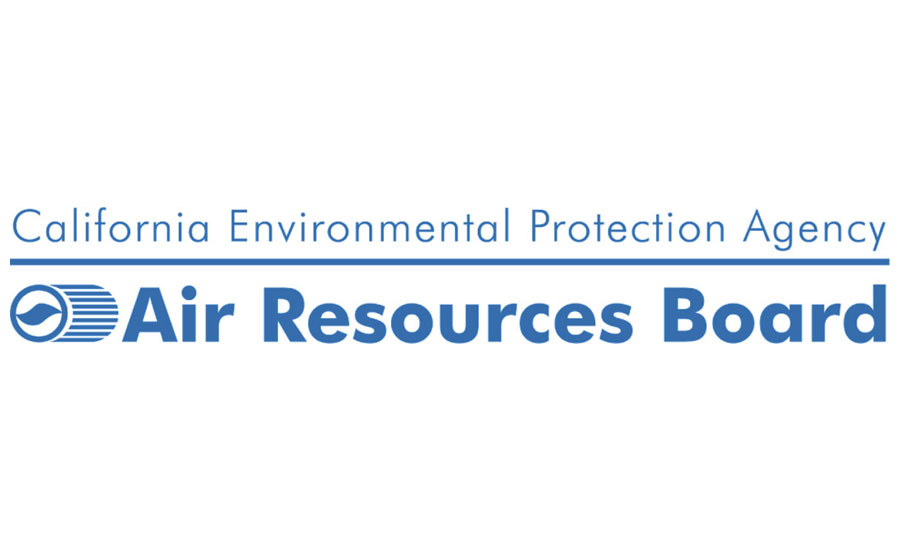California’s Air Resources Board (ARB) has released a proposed strategy aimed at curbing emissions of short-lived climate pollutants, including hydrofluorocarbons (HFCs).
The proposal targets near term emission reductions that will help California meet its 2030 greenhouse gas reduction targets. Key measures in the proposed strategy that target HFCs include:
• A ban on the sale of all virgin HFC refrigerants with a global warming potential (GWP) above 2,500 beginning in 2020, exempting reclaimed or recycled refrigerants.
• A ban on new stationary refrigeration equipment using HFCs with a GWP of 150 or more, beginning in 2020 for non-residential and in 2021 for residential refrigerator-freezers.
• A ban on new air conditioning equipment using HFCs with GWPs of 750 or above starting in 2021.
• Financial incentives for installing low-GWP refrigeration systems.
• Potential for an independent California HFC phasedown schedule, should it prove necessary if a global agreement (such as through the Montreal Protocol) is not reached this year.
“This is a comprehensive proposal that shows California is ready to lead the way toward a phase-down of HFCs,” said Lisa Handy, senior policy advisor of the Environmental Investigation Agency (EIA).
In feedback provided on earlier drafts of the proposal, EIA has called on ARB to select the lowest feasible GWP thresholds for refrigerant and equipment bans and to time the measures to coincide with the phaseout of HCFC-22.
“The 150 GWP threshold for stationary refrigeration and proposed start dates for the bans are well-aligned with the existing 2020 deadline for phasing out HCFC-22,” said EIA Climate Policy Analyst Christina Starr. “This should maximize transitions from old HCFC-22 systems directly to low-GWP refrigerants, particularly in commercial refrigeration.”
The proposed strategy is open for public comment and will be subject to review and consideration by ARB’s board before a final strategy is approved later this year.


Report Abusive Comment